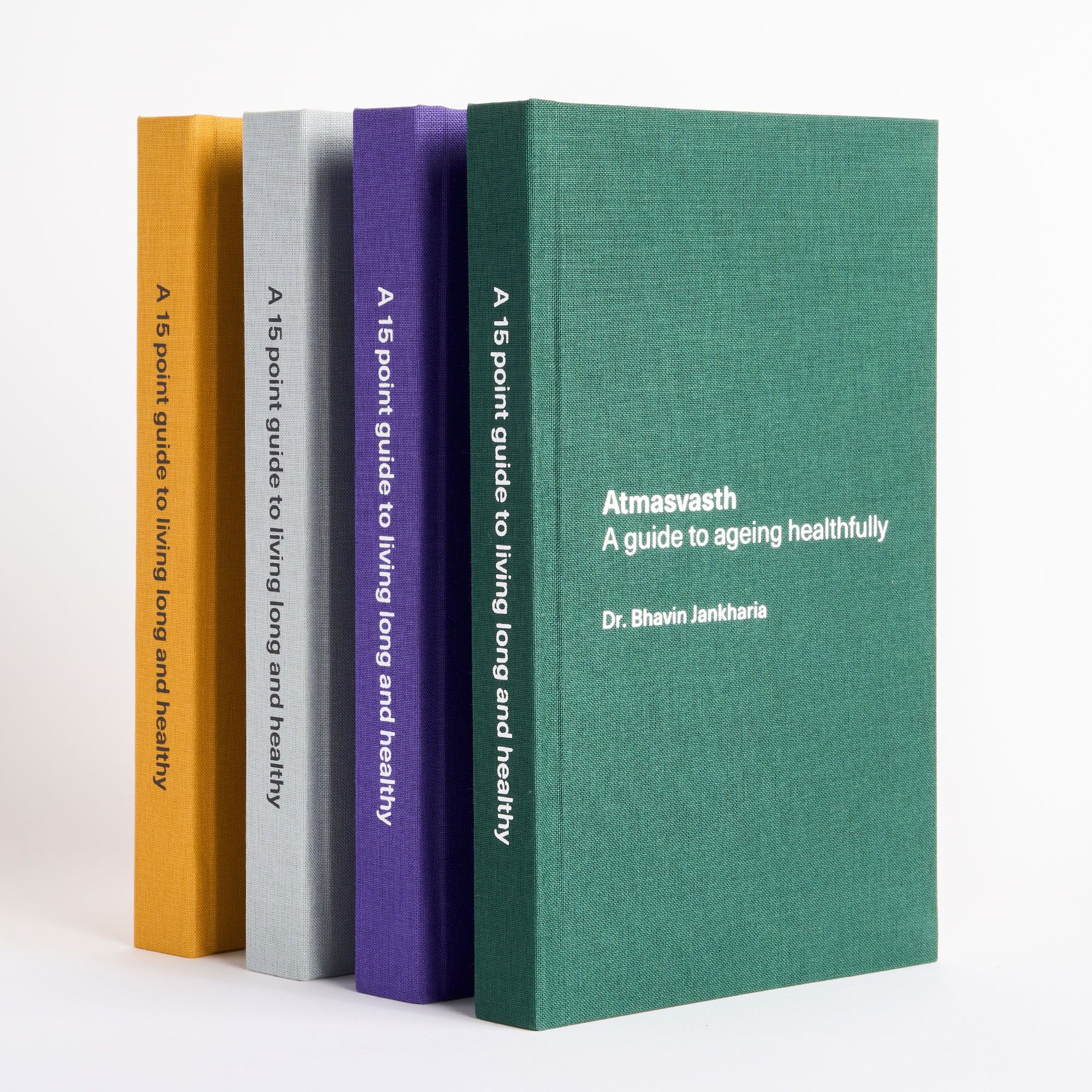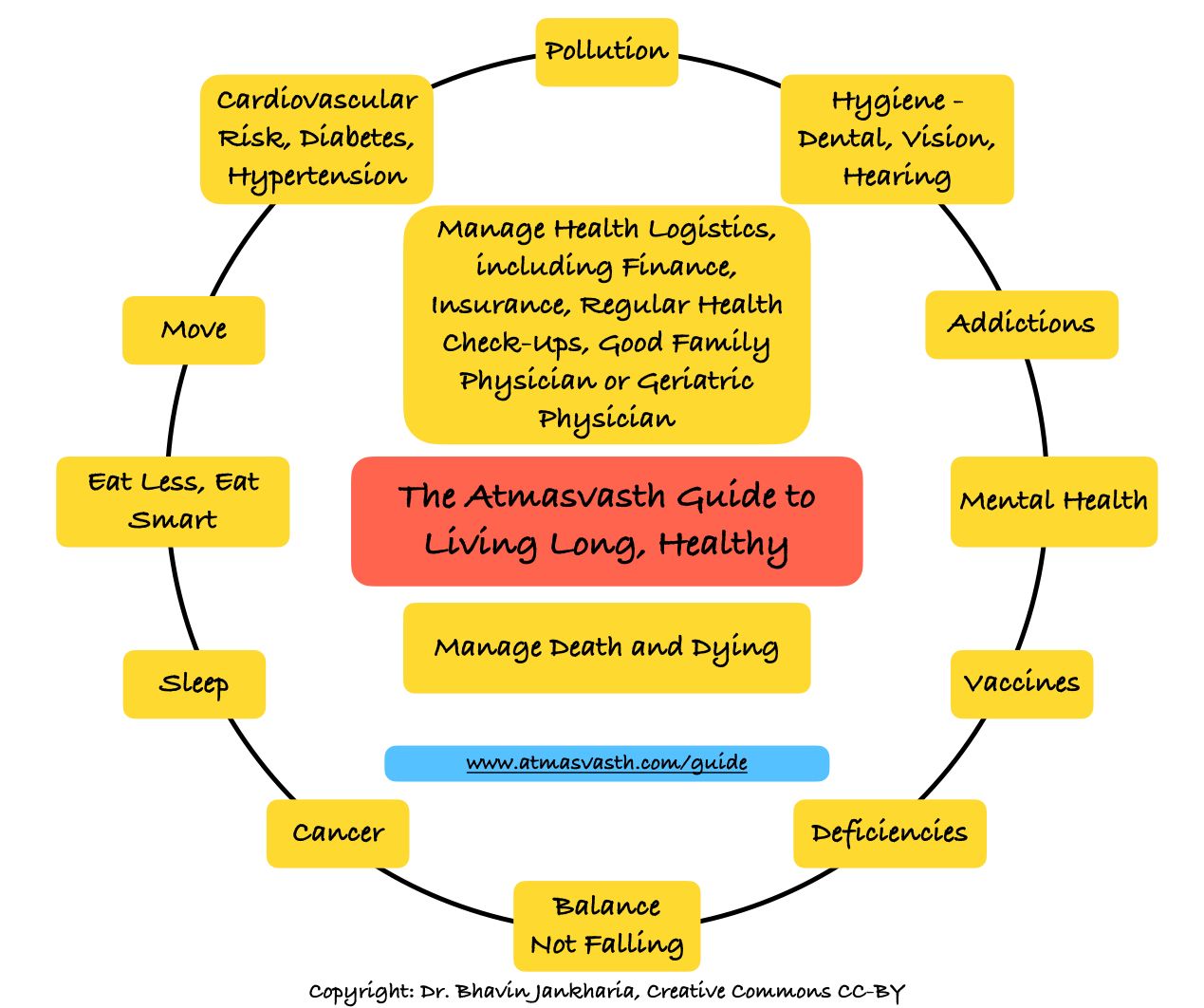When and Why Would You Prefer a Branded Drug Over a Generic!
Given the issues with quality assurance in our country, it may be better for those who can afford to buy branded drugs rather than generics.

The Book - Kindle Version Now Available Worldwide

The Detailed 15-Point Guide to Live Long, Healthy

Audio
Text
In my last piece, The Essential Travel Medicine Kit, I stated: “avoid generics and use trusted brands from reliable pharmacies.”
There is no question that as a country, to reduce healthcare costs, we need to transition to generics, either branded or non-branded, which are far cheaper than branded multi-national drugs. Yet, at an individual level, for middle to high income people in India, it may be better to buy branded drugs from well-known pharma companies, Indian or multinational, and avoid generics.
Here’s why!
Generics are drugs that anyone can manufacture due to expired patent protection, e.g. paracetamol. In a Jan Aushadhi centre, run by the Government, a 10-pack of 500 mg costs Rs. 4.5 (45 p per tablet), while the cheapest branded generic at 1Mg (Paracip) is Rs. 9 for a 10-pack of 500 mg (90 p per tablet). Dolo 500 is Rs. 13.6 per 15-pack (90 p per tablet) and Crocin 500 is Rs. 20.16 for a 15-pack (Rs. 1.3 per tablet). Tylenol, the most popular US brand, costs Rs. 375 for a pack of 24 (4.4 USD on Amazon) for a per tablet price of Rs. 15, about 15 times the cost in India. The cheapest branded generic in the US on Amazon is Rs. 3 per tablet, which is still almost 3 times the cost of a good Indian brand. Pills in India are generally cheaper than in the rich, minority world, as they should be, given the income disparity.
It’s a no-brainer, isn’t it? Why pay extra for a branded product when a generic costs far less, especially for drugs you need to take daily?
Because…this is India.
India has over 60,000 generic drugs from 10,000 manufacturers, in the organized and unorganized sectors, 670 of them having USFDA approval. It is tough for CDSCO or DCGI to monitor their quality on a regular basis, which is why, every now and then, we have news reports of low standard or spurious drugs discovered in different parts of the country and even in exports to other countries.
How do you know then that the drug you are taking meets acceptable quality and bioavailability standards? Would you then rather pay 90 p per Dolo tablet or Rs.1.3 per Crocin tablet, compared to 45-90 p for a generic or unknown branded generic with unknown quality, especially when it is for short-term or one-time sporadic use?
If a drug has to be taken for a longer period of time or for life, then the equations may be different.
Rosuvastatin (20 mg), a popular statin drug used to reduce the risk of heart attacks generally needs to be taken for life, or at least for many years or decades. At Jan Aushadhi, it is Rs. 27.34 for 10 tablets (Rs. 2.7 each), while Rosuson at 1Mg costs Rs. 79 for 10 tablets (Rs. 7.9 each), and Crestor, the leading brand worldwide from AstraZeneca, is Rs. 645 for 15 tablets (Rs. 43 each). Annually, that’s Rs. 985 for the generic, Rs. 2883 for the cheapest branded generic, and Rs. 15,695 for the most renowned brand. Which would you choose? If anything more than Rs. 985 per year strains your budget, you’d likely pick the cheapest generic, but if Rs. 15,695 yearly is manageable, wouldn’t you just choose Crestor for AstraZeneca’s quality assurance? Or perhaps find something in between from a reliable Indian brand, if Rs. 15,695 is an issue, say something like Rosulip 20 mg from CIPLA costing Rs. 260 for 10 tablets (Rs. 26 per tablet per day or Rs. 9,490 per year).
In a country facing quality control challenges for everything from food to air travel to healthcare services, how do we know that the drug we are ingesting meets the expected quality standards and promised bioavailability?
It is not as if multinational pharma companies, both Indian and non-Indian are not hungry, profit-making entities…however they do have many more checks and balances than many local Indian pharma companies, especially those in the generic space, which is why there is a reasonable assurance of quality, when buying branded drugs from the major Indian and non-Indian pharma companies. It’s your body. Why compromise if you can afford to pay for a good or “better” product?
In our atmasvasth quest to live, long healthy, what does all of this mean for you and I?
Whenever you have to take a drug, make an effort to find out whether what goes into your body is of acceptable quality and provides the bioavailability it is supposed to. This is how I would do it.
- Find the multinational pharma leader in that drug category. Check if the name is in the top 10 pharmas globally. Buy that brand and stick with it. Since AstraZeneca’s Crestor is the leading brand in the rosuvastatin segment and AstraZeneca is a well-known multinational brand, I would prefer it over Indian brands and generics.
- If an Indian brand is popular and reliable, that’s fine. For paracetamol, the main brands are Dolo and Crocin (Tylenol isn’t available in India). The difference between them and the generics is far less than with rosuvastatin and you don’t need paracetamol lifelong, so I’d choose Dolo or Crocin every single time. In kids however it would be Calpol, a GSK product.
- It matters if the drug is for a one-time acute illness or has to be taken for many months, years, or life. If the medicine is for short duration, go with the logic in points 1 and 2. If the drug has to be taken for a longer period or for life, and the cost affects your budget, do more research to find a respectable, affordable Indian brand that delivers on both, price and quality as with the rosuvastatin example.
If you’re tech and DIY-minded, you can create your own lab at home and make your own medicines using the instructions at this site. If anyone manages to do this, can you please give me a shoutout and show me how?
Atmasvasth Newsletter
Join the newsletter to receive the latest updates in your inbox.
